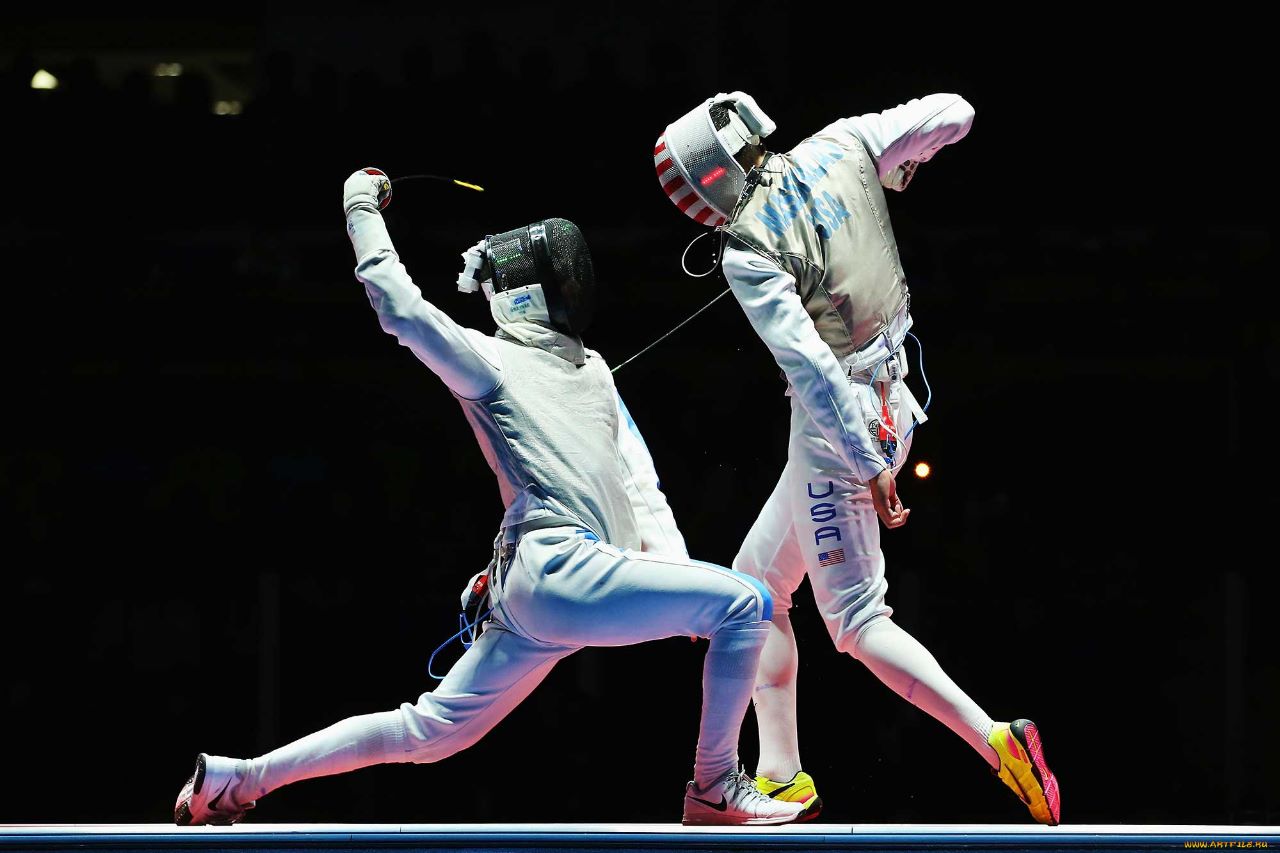Here’s how Plyometric training in fencing influences the intermuscular coordination & helps to get rid of the muscular imbalances
Fencing is an open skill combat sport characterized by high intensity explosive actions and recovery periods. Moreover, fencers need reactive strength to minimize their ground contact times and reach the maximum displacement speed in both concentric and eccentric modalities. Lower limbs’ neuromuscular efficiency and proprioception, associated to biomechanical parameters, allow fencers to perform the technical movements from “en garde” position to lunge.
Lunge in fencing can be improved by increasing the lunge length, the reaction time and the horizontal speed of the centre of gravity. Considering that, speed and accuracy of movement have been demonstrated to be related to fencing performance, workouts consist of power and repeated change of direction training, in order to improve the fencing performance, largely characterized by eccentric contractions.
Commonly fencers use the “repeat bout effect” of plyometric training to adapt the muscle system to eccentric loads. This training positively influences the intermuscular coordination, promoting greater excitability of the stretch reflex in muscle fibre mechanics, especially at the beginning of the concentric phase. Eccentric training is an effective method to improve lower limb range of motion (ROM) and that fencers need this skill to perform the technical movements without any limited ROM, such as lunge.
Sound performance program for fencing training:
- Proprioceptive training and strengthening of the lower extremities should be employed to prevent hamstring strains and ankle sprains in the same way as the FIFA 11 program has positively influenced soccer to prevent ACL injuries.
- Fencers need to use strength and power training to increase their speed and efficiency supporting the short-burst, high-intensity energy required.
- A fencing lunge should be looked at as more of a lateral than a forward movement. To improve closing distance on the strip, perform exercises that improve lateral power and reactive power.
- Lateral bound to lunge – this movement teaches how to decelerate and absorb forces. The athlete is able to control the hips, knees and ankles during explosive movements. The lateral power and quickness is enhanced, which is a major skill for overall performance of lunge.
Lateral bound is a calisthenics, cardiovascular, and plyometrics exercise that primarily targets the quads and to a lesser degree also targets the calves, glutes, hamstrings and outer thighs.
- Lateral hurdle progression – Lateral movements not only improve strength, stability, and coordination, they also help reduce the risk for sports injuries by enhancing balance and proprioception through the whole body and improving overall hip, knee, and ankle joint stability. Lateral drills also help build more balanced strength in the muscles of the lower body, including the hip abductors and adductors.
Lateral drills improve sports performance for athletes who frequently, or abruptly, change direction, cut, or pivot.
- Depth jump to catch – it is a plyometric exercise to increase the vertical leap and improve jumping ability. Main muscles involved: quadriceps, hamstrings, glutes, calf muscles.
- Metabolic conditioning with a work-to-rest ratio of 1:3, rather than low intensity, high-duration workouts will be more productive.
Troubleshooting the Lunges: Eliminating the imbalances
Fencing is a unilateral sport, which can lead to muscle imbalances, incorrect body alignment and poor coordination when executing fencing technique. Younger, skeletally immature athletes should use whole-body, bilateral strengthening programs to reduce muscle imbalances. To combat the repeated one-sided nature of the sport, it is crucial to work both sides of the body and incorporate eccentric loading exercises for common tendinitis areas and postural correction exercises that encourage proper hip positioning. In addition, a strong emphasis should be placed on core stability and transfer of force.
TREATING INJURIES IN FENCING
Fencing rules allow each athlete one “10 min injury-time” per new injury per competition. Penetrating injuries have most commonly been the result of broken blades; however the vast majority of fencing injuries are related to the dynamic movement of fencing action rather than equipment issues. Injury rates in competitive fencing are, overall, quite low.






